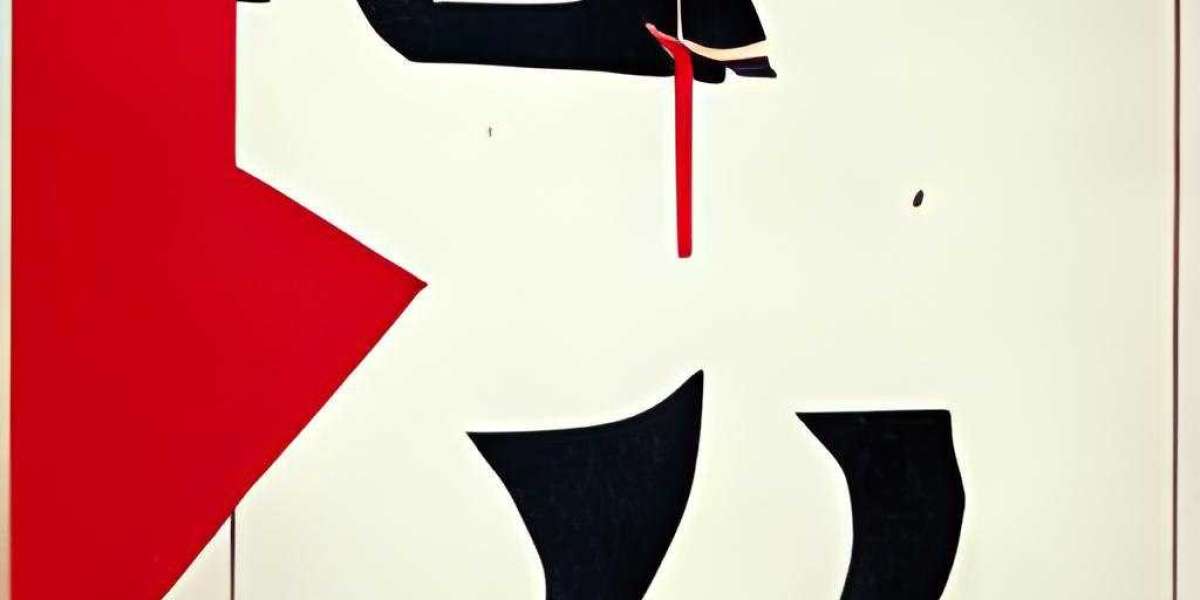Since ancient times men and women have practised the art of acting- playing the role of a character in a story, for the entertainment of an audience. Why simply read a story when you can take part in it, playing the roles and turning it into a display of skill?
Actors have found various mediums over the centuries, from voice acting on radio, theatre acting and cinema. From the Latin word ag#277;re meaning “to do” (see Wikipedia), actors literally play a role, speaking written dialogue and physically performing in a way that the character would. In most acting, a director is present, whose job is to tell the other actors what to do and make sure that the whole act is going smoothly and as the writer of the scenario wanted.
Actors are required to possess many skills such as physical strength and dexterity, vocal imitation and charisma. The modern cinema industry employs thousands of actors to play the roles of characters in movie scripts, recording them for show on the silver screen. Acting in cinema is rarely done before an audience, but has the added pressure of being seen by millions on the later screen release.
Acting is a traditional art form and many actors learn by going to established academic institutions. Famous institutions include the London Academy of Film, Radio and TV and the American Academy of Dramatic Arts. Some actors train at a variety of different places, learning classical acting techniques and modern ones such as Method Acting. This is a style of acting in which the actor strives to be as realistic as possible, drawing on personal experience of emotional situations rather than dramatising.
The tradition of acting goes back to ancient times, with ancient Egyptians and Greeks performing either for religious purposes or more so in the case of the Greeks, for entertainment. A man named Thespis is acclaimed as being the first recognised actor way back in 560 BC, and his name inspired the term thespian as another word for actor (see New York Film Academy website). He is claimed by some to be among the first to personify a character for the purpose of story telling, using masks to discern between identities.







